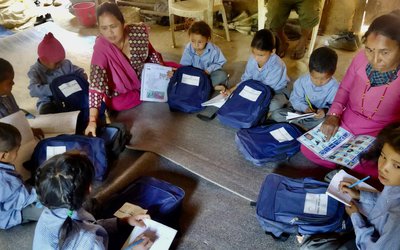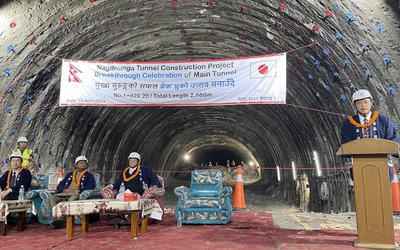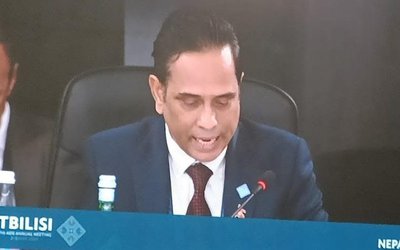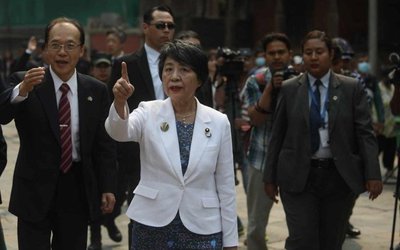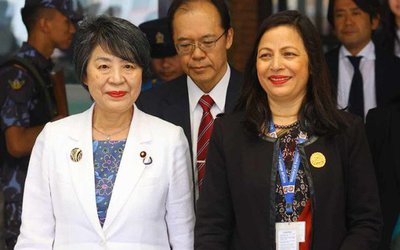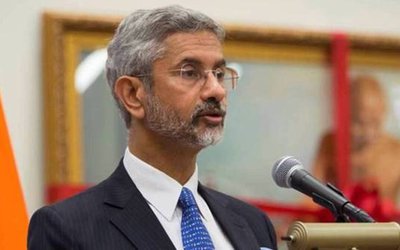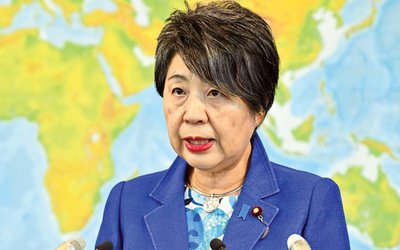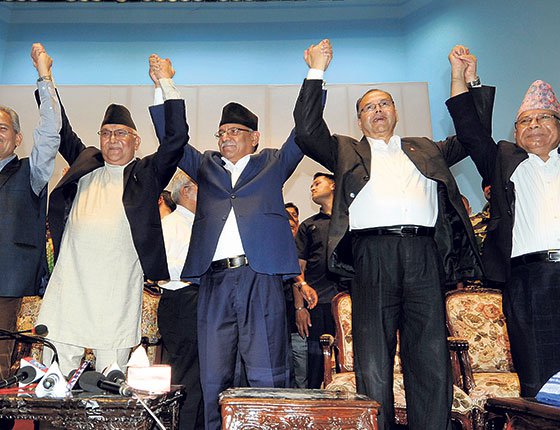
Continued political instability has been a serious issue in Nepal, having 23 governments in the last 25 years. No government after the restoration of a multi-party parliamentary system in 1990 has completed its full term of 5 years. No need to mention, the political instability is hampering socio-economic development in the country.
Today, there are 125 plus political parties in Nepal. With this, Nepal will not get a majority government in the near future, nor any coalition government will survive for more than 18 months. I have expressed my views at different times that political restructuring should proceed in parallel with the state restructuring in the country.
Now, the politics have taken a new turn by talks of an electoral alliance and subsequent unity between the CPN (UML), CPN (Maoist Centre) and Naya Shakti Party.They say political stability is on the main agenda. Obviously, there are reasons for their alliance in order to consolidate the left-leaning votes in the federal and provincial elections. This would also mean to ensure the topmost positions.
To counter the left alliance, the Nepali Congress is looking to strike a similar alliance of democratic forces for the upcoming provincial and federal parliamentary elections. The Nepali Congress is holding meetings with Rashtriya Janata Party (RJP), SanghiyaSamajwadi Forum Nepal, RPP and RPP (Prajatantrik) to discuss the formation of an alliance.
On the surface, both these alliances are seen as a way to hold power. There is a past history of coming together and breaking up in the left, right and centrist political parties. There are fears that the alliances will not last long because they do not have common agendas on governance, nationalism and foreign policies. There is an uncertainty.
Giving the benefit of doubts, the unity amongst the political parties is positive for political stability and development. Nepal does not need more than 3 or 4 political parties. Fewer and stronger parties will have longevity and political maturity over time.
Learning key characteristics of political parties in varied democracies in the world, it’s the “feudal character” that breaks the alliances and service delivery at the interest of the common people.
It requires the following three conditions to be met:
- Internal democracy: how will the political parties within the alliance conduct business, discharge duties, strengthen decentralization and promote meritocracy in compliance with constitutional provisions?
- Inclusion: how will they within the alliance promote inclusion of party cadres of different caste, class, gender, and ethnicities in leadership?
- Financial integrity: how will they within the alliance ensure transparency in party financing and expenses?
It’s a historical necessity that Nepal should have political stability. Let’s be hopeful that the alliances can work in parallel to fulfill these conditions, and can provide competent leadership with vision, integrity, and action.
- Nepal Investment Summit: Unlocking Economic Potentials For Growth And Development
- Apr 28, 2024
- Investing In Women: Accelerating Progress
- Mar 10, 2024
- Embracing The 'Empty Chair: Advancing Global Inclusivity And Equitable Development
- Dec 29, 2023
- Mental Health In Youth
- Jul 16, 2023
- Controversial Constituency Development Fund in Nepal: Public Concerns
- Jun 18, 2023



